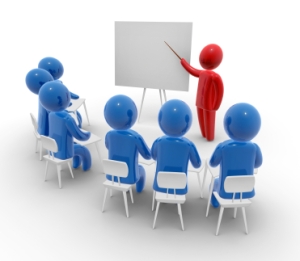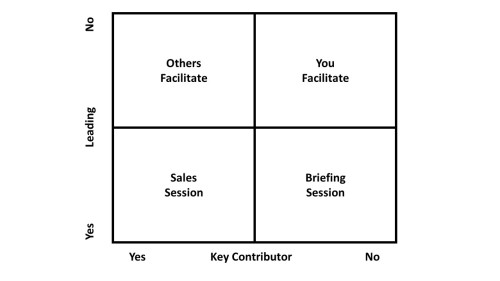The chair of any meeting has a unique ability to destroy the value of the meeting!
Eight of the key ways to reduce the meeting’s value are:
- Playing favourites. Bad chairs tend to shut down some attendees whilst allowing others they see as politically important to occupy most of the speaking time. The outcome from this behaviour tends to be poor decision-making; bad chairs don’t care. Their interest is to stay the good books of the people they see as politically important.
- Changing the rules. Bad chairs keep the rules to themselves and change the rules when it suits them. They don’t give advice on what preparation attendees need to make or advise how the meeting will be conducted. While this trait may appear to appear to be a gambit to leave the chair in control, in reality it means the meeting is likely to be less than useful.
- Showing bias. When there is a vigorous debate between various groups in the meeting a bad chair will obviously be supporting one side. Good chairs remain neutral whilst they may feel strongly about subject their primary function is to ensure the meeting reaches a consensus, not that the meeting reaches a decision that they predetermine as being optimum (although they need to be part of the consensus).
- Failing to define its purpose. Bad chairs do not define a clear objective for the meeting, fail to set priorities, and don’t circulate an agreed agenda. Good chairs define the purpose of every meeting with crystal clarity so attendees can come prepared and stay focused.
- Losing control. The hallmarks of a bad chair during the meeting include running over time, getting off track, get rattled, and allowing discussion to descend into personal arguments. Good facilitators keep their hands firmly on the reins consistently and politely guiding discussion back to the purpose of the meeting.
- Failing to communicate. Bad chairs tend to display no sense of appreciation for the points made by contributors to the discussion and tend to ignore many of the attendees. Good chairs are great communicators remember everybody’s name, include newcomers, and are excellent at active listening and summarising points to ensure everybody has a clear understanding of the current state discussion[1].
- Failing to make decisions. Deadlocks happen in most meetings, bad chairs cannot solve them. A good chair will either take a vote, extend discussion for a set (limited) period, set up a working party, or call an extraordinary meeting to deal with the item later; any of these options are better than allowing the meeting to waffle on allowing tension and confusion to grow.
- Failing to engage with meeting participants outside of the meeting. Bad chairs are missing in action, too busy to be involved with the delegates other than during the meeting. Good chairs recognise the meeting is part of a continuing process that requires responsive input and support between meetings.
Meetings are an expensive resource often costing thousands of dollars an hour to run. If you are the chair of the meeting, or are responsible for calling a meeting, you need to ensure the meeting is managed effectively to maximise the opportunity for success. This is important for every type of meeting from a short team ‘stand-up’ through to company board meetings – the further up the hierarchy the greater the cost of ineffective meetings. Unfortunately ‘bad chairs’ seem to be common at all levels; the idea for this post came from an article by Kath Walters in the AICD March 2017 magazine focused on the behaviour of dysfunctional boards of directors.
Recognising poor performance is one thing, doing something about it is another; for more on managing effective meetings see: http://www.mosaicprojects.com.au/WhitePapers/WP1075_Meetings.pdf
Meeting management and effective communication also feature in our PMP and CAPM courses – the next 5-day intensive course starts 20th March, see: http://www.mosaicproject.com.au/
_______________
[1] For more on active listening see: http://www.mosaicprojects.com.au/WhitePapers/WP1012_Active_Listening.pdf






